Applies to: Windows 10, Windows 10 IoT Enterprise, and Windows 7
Use Microsoft Remote Desktop for Android to connect to a remote PC or virtual apps and desktops made available by your admin. With Microsoft Remote Desktop, you can be productive no matter where you are. GET STARTED Configure your PC for remote access using the information at https://aka.ms/rdsetup. Use Microsoft Remote Desktop for Android to connect to a remote PC or virtual apps and desktops made available by your admin. With Microsoft Remote Desktop, you can be productive no matter where you are. GET STARTED Configure your PC for remote access using the information at https://aka.ms/rdsetup. Description Use the Microsoft Remote Desktop app to connect to a remote PC or virtual apps and desktops made available by your admin. The app helps you be productive no matter where you are. Getting Started Configure your PC for remote access first.
You can use the Remote Desktop client for Windows Desktop to access Windows apps and desktops remotely from a different Windows device.
Note
- This documentation is not for the Remote Desktop Connection (MSTSC) client that ships with Windows. It's for the new Remote Desktop (MSRDC) client.
- This client currently only supports accessing remote apps and desktops from Windows Virtual Desktop.
- Curious about the new releases for the Windows Desktop client? Check out What's new in the Windows Desktop client
Install the client
Choose the client that matches the version of Windows. The new Remote Desktop client (MSRDC) supports Windows 10, Windows 10 IoT Enterprise, and Windows 7 client devices.
You can install the client for the current user, which doesn't require admin rights, or your admin can install and configure the client so that all users on the device can access it.
Once you've installed the client, you can launch it from the Start menu by searching for Remote Desktop.
Update the client
You'll be notified whenever a new version of the client is available as long as your admin hasn't disabled notifications. The notification will appear in either the Connection Center or the Windows Action Center. To update your client, just select the notification.
You can also manually search for new updates for the client:
- From the Connection Center, tap the overflow menu (..) on the command bar at the top of the client.
- Select About from the drop-down menu.
- The client automatically searches for updates.
- If there's an update available, tap Install update to update the client.
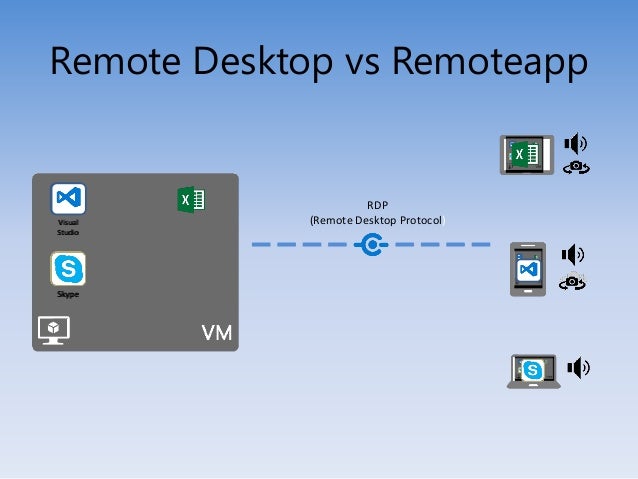
Workspaces
Get the list of managed resources you can access, such as apps and desktops, by subscribing to the Workspace your admin provided you. When you subscribe, the resources become available on your local PC. The Windows Desktop client currently supports resources published from Windows Virtual Desktop.
Subscribe to a Workspace
There are two ways you can subscribe to a Workspace. The client can try to discover the resources available to you from your work or school account or you can directly specify the URL where your resources are for cases where the client is unable to find them. Once you've subscribed to a Workspace, you can launch resources with one of the following methods:
- Go to the Connection Center and double-click a resource to launch it.
- You can also go to the Start menu and look for a folder with the Workspace name or enter the resource name in the search bar.
Subscribe with a user account
- From the main page of the client, tap Subscribe.
- Sign in with your user account when prompted.
- The resources will appear in the Connection Center grouped by Workspace.
Microsoft Remote Desktop Client
Subscribe with URL
- From the main page of the client, tap Subscribe with URL.
- Enter the Workspace URL or your email address:
- If you use the Workspace URL, use the one your admin gave you. If accessing resources from Windows Virtual Desktop, you can use one of the following URLs:
- Windows Virtual Desktop (classic):
https://rdweb.wvd.microsoft.com/api/feeddiscovery/webfeeddiscovery.aspx - Windows Virtual Desktop:
https://rdweb.wvd.microsoft.com/api/arm/feeddiscovery
- Windows Virtual Desktop (classic):
- To use email, enter your email address. This tells the client to search for a URL associated with your email address if your admin has setup email discovery.
- If you use the Workspace URL, use the one your admin gave you. If accessing resources from Windows Virtual Desktop, you can use one of the following URLs:
- Tap Next.
- Sign in with your user account when prompted.
- The resources will appear in the Connection Center grouped by Workspace.
Workspace details
After subscribing, you can view additional information about a Workspace on the Details panel:
- The name of the Workspace
- The URL and username used to subscribe
- The number of apps and desktops
- The date/time of the last refresh
- The status of the last refresh
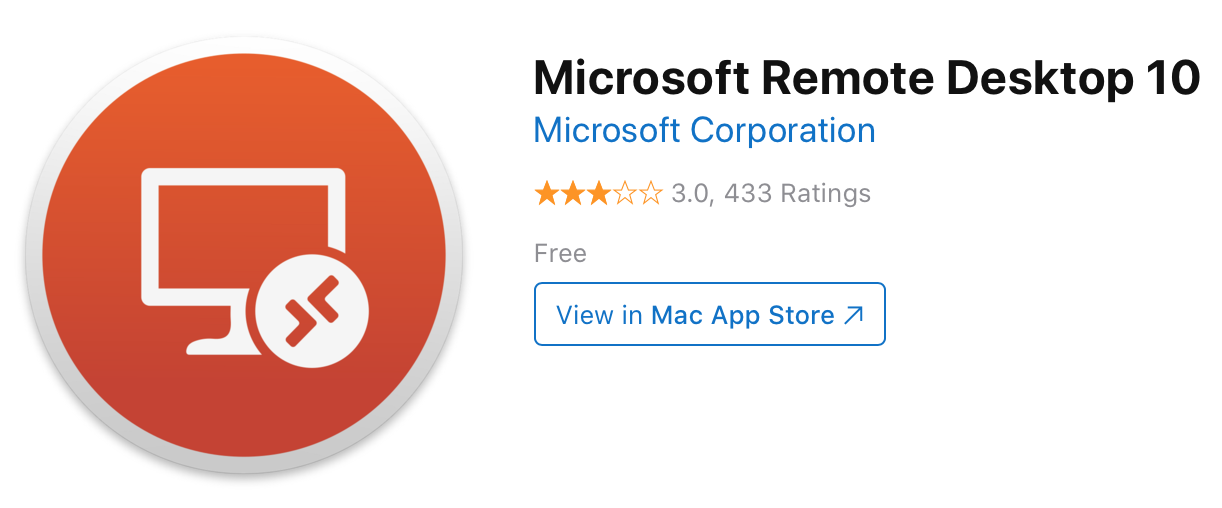
Accessing the Details panel:
- From the Connection Center, tap the overflow menu (..) next to the Workspace.
- Select Details from the drop-down menu.
- The Details panel appears on the right side of the client.
Samsung kies version 2.6 download. After you've subscribed, the Workspace will refresh automatically on a regular basis. Resources may be added, changed, or removed based on changes made by your admin.
You can also manually look for updates to the resources when needed by selecting Refresh from the Details panel.
Refreshing a Workspace
You can manually refresh a Workspace by selecting Refresh from the overflow menu (..) next to the Workspace.
Unsubscribe from a Workspace
This section will teach you how to unsubscribe from a Workspace. You can unsubscribe to either subscribe again with a different account or remove your resources from the system.
- From the Connection Center, tap the overflow menu (..) next to the Workspace.
- Select Unsubscribe from the drop-down menu.
- Review the dialog box and select Continue.
Managed desktops
Workspaces can contain multiple managed resources, including desktops. When accessing a managed desktop, you have access to all the apps installed by your admin.
Desktop settings
You can configure some of the settings for desktop resources to ensure the experience meets your needs. To access the list of available settings right-click on the desktop resource and select Settings.
The client will use the settings configured by your admin unless you turn off the Use default settings option. Doing so allows you to configure the following options:
- Display configuration selects which displays to use for the desktop session and impacts which additional settings are available.
- All displays ensures the session always uses all your local displays even when some of them are added or removed later.
- Single display ensures the session always uses a single display and allows you to configure its properties.
- Select displays allows you to choose which displays to use for the session and provides an option to dynamically change the list of displays during the session.
- Select the displays to use for the session specifies which local displays to use for the session. All selected displays must be adjacent to each other. This setting is only available in Select display mode.
- Maximize to current displays determines which displays the sessions will use when going full screen. When enabled, the session goes full screen on the displays touched by the session window. This allows you to change displays during the session. When disabled, the session goes full screen on the same displays it was on the last time it was full screen. This setting is only available in Select display mode and is disabled otherwise.
- Single display when windowed determines which displays are available in the session when exiting full screen. When enabled, the session switches to a single display in windowed mode. When disabled, the session retains the same displays in windowed mode as in full screen. This setting is only available in All displays and Select display modes and is disabled otherwise.
- Start in full screen determines whether the session will launch in full-screen or windowed mode. This setting is only available in Single display mode and is enabled otherwise.
- Fit session to window determines how the session is displayed when the resolution of the remote desktop differs from the size of the local window. When enabled, the session content will be resized to fit inside the window while preserving the aspect ratio of the session. When disabled, scrollbars or black areas will be shown when the resolution and window size don't match. This setting is available in all modes.
- Update the resolution on resize makes the remote desktop resolution automatically update when you resize the session in windowed mode. When disabled, the session always remains at whichever resolution you specify in Resolution. This setting is only available in Single display mode and is enabled otherwise.
- Resolution lets you specify the resolution of the remote desktop. The session will retain this resolution for its entire duration. This setting is only available in Single display mode and when Update the resolution on resize is disabled.
- Change the size of the text and apps specifies the size of the content of the session. This setting only applies when connecting to Windows 8.1 and later or Windows Server 2012 R2 and later. This setting is only available in Single display mode and when Update the resolution on resize is disabled.
Give us feedback
Have a feature suggestion or want to report a problem? Tell us with the Feedback Hub.
You can also give us feedback by selecting the button that looks like a smiley face emoticon in the client app, as shown in the following image:
Note
To best help you, we need you to give us as detailed information about the issue as possible. For example, you can include screenshots or a recording of the actions you took leading up to the issue. For more tips about how to provide helpful feedback, see Feedback.
Access client logs
You might need the client logs when investigating a problem.
To retrieve the client logs:
- Ensure no sessions are active and the client process isn't running in the background by right-clicking on the Remote Desktop icon in the system tray and selecting Disconnect all sessions.
- Open File Explorer.
- Navigate to the %temp%DiagOutputDirRdClientAutoTrace folder.
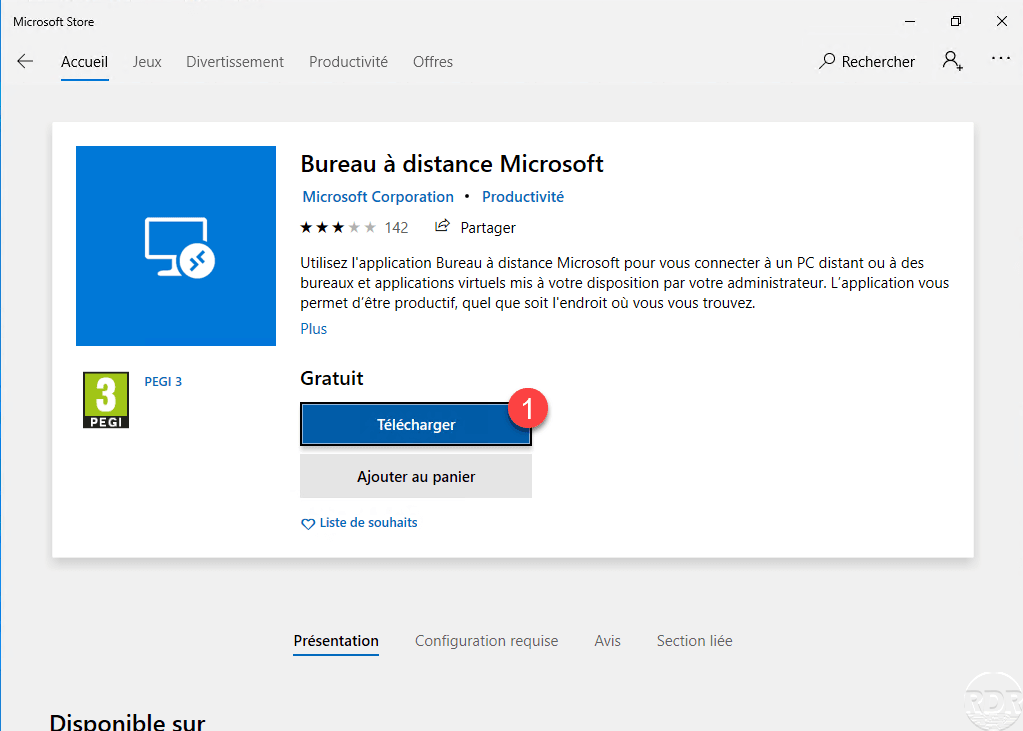 -->
-->This article describes common issues with the Remote Desktop client and how to fix them.
Remote Desktop client for Windows 7 or Windows 10 stops responding or cannot be opened
Starting with version 1.2.790, you can reset the user data from the About page or using a command.
Use the following command to remove your user data, restore default settings and unsubscribe from all Workspaces.
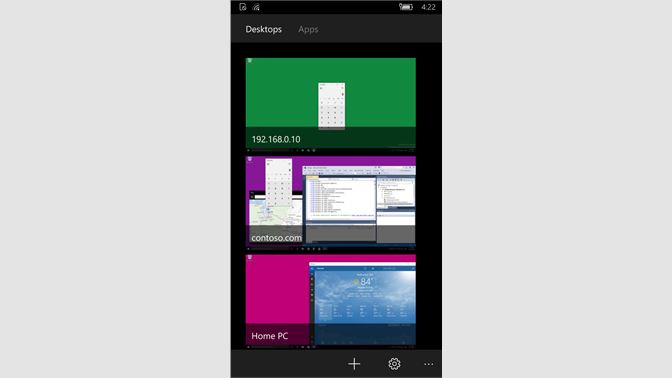
If you're using an earlier version of the Remote Desktop client, we recommend you uninstall and reinstall the client.
Web client won't open
First, test your internet connection by opening another website in your browser; for example, www.bing.com.
Use nslookup to confirm DNS can resolve the FQDN:
Try connecting with another client, like Remote Desktop client for Windows 7 or Windows 10, and check to see if you can open the web client.
Can't open other websites while connected to the web client
If you can't open other websites while you're connected to the web client, there might be network connection problems or a network outage. We recommend you contact network support.
Nslookup can't resolve the name
If nslookup can't resolve the name, then there might be network connection problems or a network outage. We recommend you contact network support.
Your client can't connect but other clients on your network can connect
If your browser starts acting up or stops working while you're using the web client, follow these instructions to troubleshoot it:
- Restart the browser.
- Clear browser cookies. See How to delete cookie files in Internet Explorer.
- Clear browser cache. See clear browser cache for your browser.
- Open browser in Private mode.
Client doesn't show my resources
First, check the Azure Active Directory account you're using. If you've already signed in with a different Azure Active Directory account than the one you want to use for Windows Virtual Desktop, you should either sign out or use a private browser window.
If you're using Windows Virtual Desktop (classic), use the web client link in this article to connect to your resources.
Microsoft Remote Desktop Application Windows 7
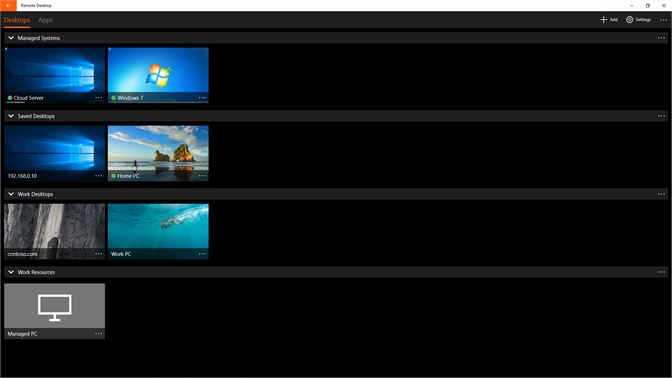
If that doesn't work, make sure your app group is associated with a workspace.
Web client stops responding or disconnects
Try connecting using another browser or client. Google earth 5.2 download free latest version.
Other browsers and clients also malfunction or fail to open
If issues continue even after you've switched browsers, the problem may not be with your browser, but with your network. We recommend you contact network support.
Web client keeps prompting for credentials
Free pokken tournament download. If the Web client keeps prompting for credentials, follow these instructions:
Microsoft Remote Desktop Application For Mac
- Confirm the web client URL is correct.
- Confirm that the credentials you're using are for the Windows Virtual Desktop environment tied to the URL.
- Clear browser cookies. For more information, see How to delete cookie files in Internet Explorer.
- Clear browser cache. For more information, see Clear browser cache for your browser.
- Open your browser in Private mode.
Windows client blocks Windows Virtual Desktop (classic) feed
If the Windows client feed won't show Windows Virtual Desktop (classic) apps, follow these instructions:
- Check if the Conditional Access policy includes the app IDs associated with Windows Virtual Desktop (classic).
- Check if the Conditional Access policy blocks all access except Windows Virtual Desktop (classic) app IDs. If so, you'll need to add the app ID 9cdead84-a844-4324-93f2-b2e6bb768d07 to the policy to allow the client to discover the feeds.
If you can't find the app ID 9cdead84-a844-4324-93f2-b2e6bb768d07 in the list, you'll need to register the Windows Virtual Desktop resource provider. To register the resource provider:
- Sign in to the Azure portal.
- Go to Subscription, then select your subscription.
- In the menu on the left side of the page, select Resource provider.
- Find and select Microsoft.DesktopVirtualization, then select Re-register.
Microsoft Remote Desktop Download
Next steps
Microsoft Remote Desktop Application Download
- For an overview on troubleshooting Windows Virtual Desktop and the escalation tracks, see Troubleshooting overview, feedback, and support.
- To troubleshoot issues while creating a Windows Virtual Desktop environment and host pool in a Windows Virtual Desktop environment, see Environment and host pool creation.
- To troubleshoot issues while configuring a virtual machine (VM) in Windows Virtual Desktop, see Session host virtual machine configuration.
- To troubleshoot issues related to the Windows Virtual Desktop agent or session connectivity, see Troubleshoot common Windows Virtual Desktop Agent issues.
- To troubleshoot issues when using PowerShell with Windows Virtual Desktop, see Windows Virtual Desktop PowerShell.
- To go through a troubleshoot tutorial, see Tutorial: Troubleshoot Resource Manager template deployments.
